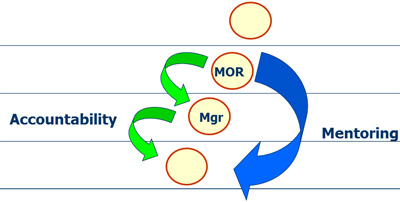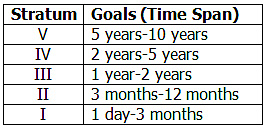From the Ask Tom mailbag –
Question:
We are a small organization and most of our production work is technical, defined at Stratum III. Because we are small, and I am the Hiring Manager, in a Stratum IV role, not sure how to implement the Manager-Once-Removed (MOR) in the hiring process?
Response:
The Manager Once Removed in the hiring process is a critical role.
- Brings perspective and experience to defining the requirements of the role.
- Truly understands the Level of Work required for success in the role.
- Will not allow unqualified candidates into the process.
- Will not allow the Hiring Manager to short-cut elements of the hiring process.
- Is accountable for the quality of the hiring decision of the Hiring Manager.
Most MORs don’t take this accountability seriously, but this accountability is dead serious. I hold the MOR accountable for the quality of the decision of the Hiring Manager. This changes a number of things. The MOR is ON the hook.
But, where the Hiring Manager is playing a role in the highest layer of the company, who is the Manager Once Removed?
It’s not an insider, look around, there isn’t anyone. In this case, the answer is outside.
Every player needs a coach, including the person playing the role at the top. It’s either a mentor or most likely, a peer group. Most readers are somehow connected to a peer group organization called Vistage/TEC, when I present workshops to those groups, I say “Look to your right, look to your left, the MOR is sitting in this room.”
The dynamic is different. Outsiders cannot be held accountable for decisions made on the inside. But if there is NO ONE in the role on the inside, my next move is to personal mentor or peer group.


